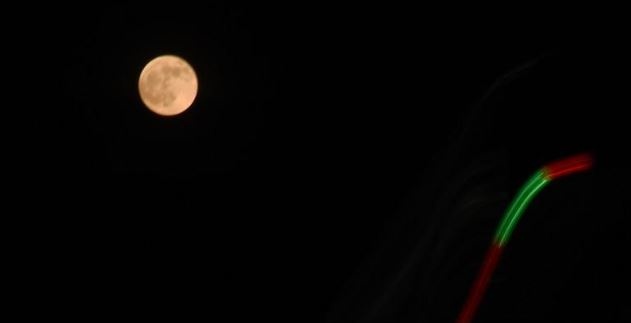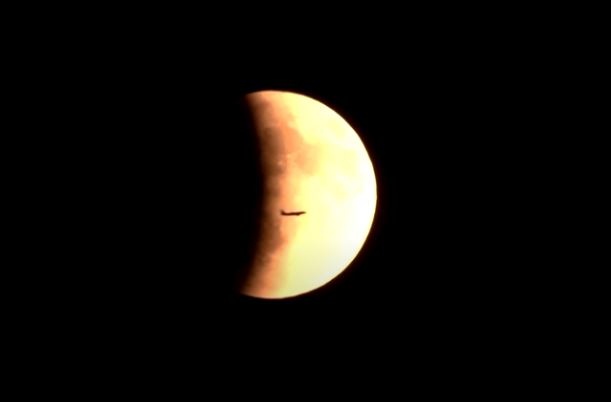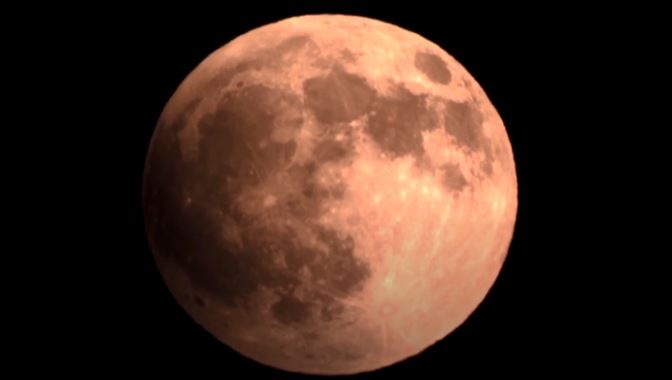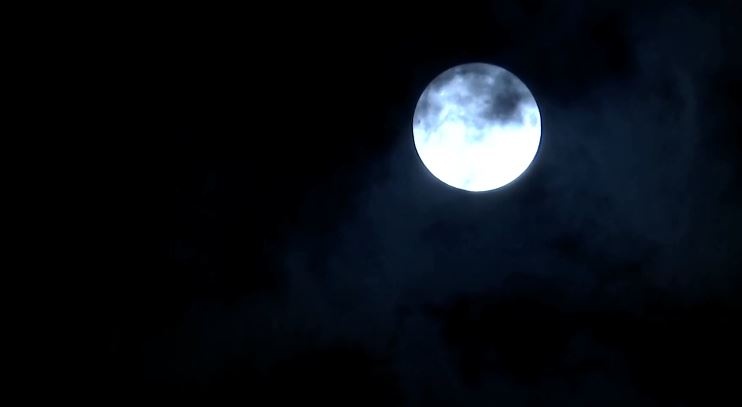 |
Unique blood moon phenomenon appears in the sky. Photo: Reuters . |
On the night of September 7 and the morning of September 8, the global sky was lit up by the last total lunar eclipse of the year. This rare phenomenon lasted 82 minutes, considered the longest in the past decade.
The phenomenon was visible in Asia, Africa, Europe and Australia, while most of the Americas were unable to see it because it was daytime in that hemisphere. However, an estimated 7 billion people, or 85-88% of the world's population, watched at least part of the phenomenon.
 |
The lunar eclipse enters its total phase, photographed in India. Photo: Reuters. |
The eclipse begins at approximately 10:28 p.m. Vietnam time. The total phase begins at 12:30 a.m. on September 8 and ends at 1:52 a.m., while the partial phase ends at 3:55 a.m.
 |
An airplane flies past a lunar eclipse in Turkey. Photo: Reuters. |
A total lunar eclipse occurs during a full moon when the Earth passes directly between the Moon and the Sun. When the Moon passes into the umbra, it is completely obscured and does not receive light from the Sun.
 |
The red moon is clearly captured in the Cyprus archipelago. Photo: Reuters. |
However, the refraction of the Earth's atmosphere causes sunlight to bend, going around the edge of the Earth to reach the moon. Under these conditions, Rayleigh scattering occurs, scattering much of the short-wavelength blue and violet light, retaining the red and orange light that passes through and continues to shine on the moon.
 |
Photographers in Beijing capture the lunar eclipse. Photo: Reuters. |
Earth's atmosphere and other factors such as dust, smoke, and volcanic ash will determine whether the Moon is a light red, a deep red, or even a dark brown. In addition, the Moon's orbital position, such as if it passes through the center of the umbra, will result in a darker color and a longer totality period.
"A total lunar eclipse is one of the most amazing astronomical events to observe without any equipment, and we know exactly when it will happen," said meteorologist and astronomy blogger Dave Samuhel from AccuWeather.
Source: https://znews.vn/ca-the-gioi-don-nguyet-thuc-toan-phan-trang-mau-hiem-hoi-post1583336.html





![[Photo] Where the history of resistance comes alive with modern technology at "95 years of the Party Flag lighting the way"](https://vphoto.vietnam.vn/thumb/1200x675/vietnam/resource/IMAGE/2025/9/12/81c1276f52b849c8b16e2d01dd1c85e4)























![[Photo] General Secretary To Lam chairs the Politburo's working session with the Standing Committee of the National Assembly Party Committee](https://vphoto.vietnam.vn/thumb/1200x675/vietnam/resource/IMAGE/2025/9/11/e2033912ce7a4251baba705afb4d413c)




























































Comment (0)